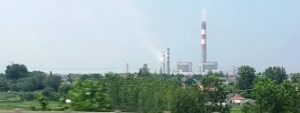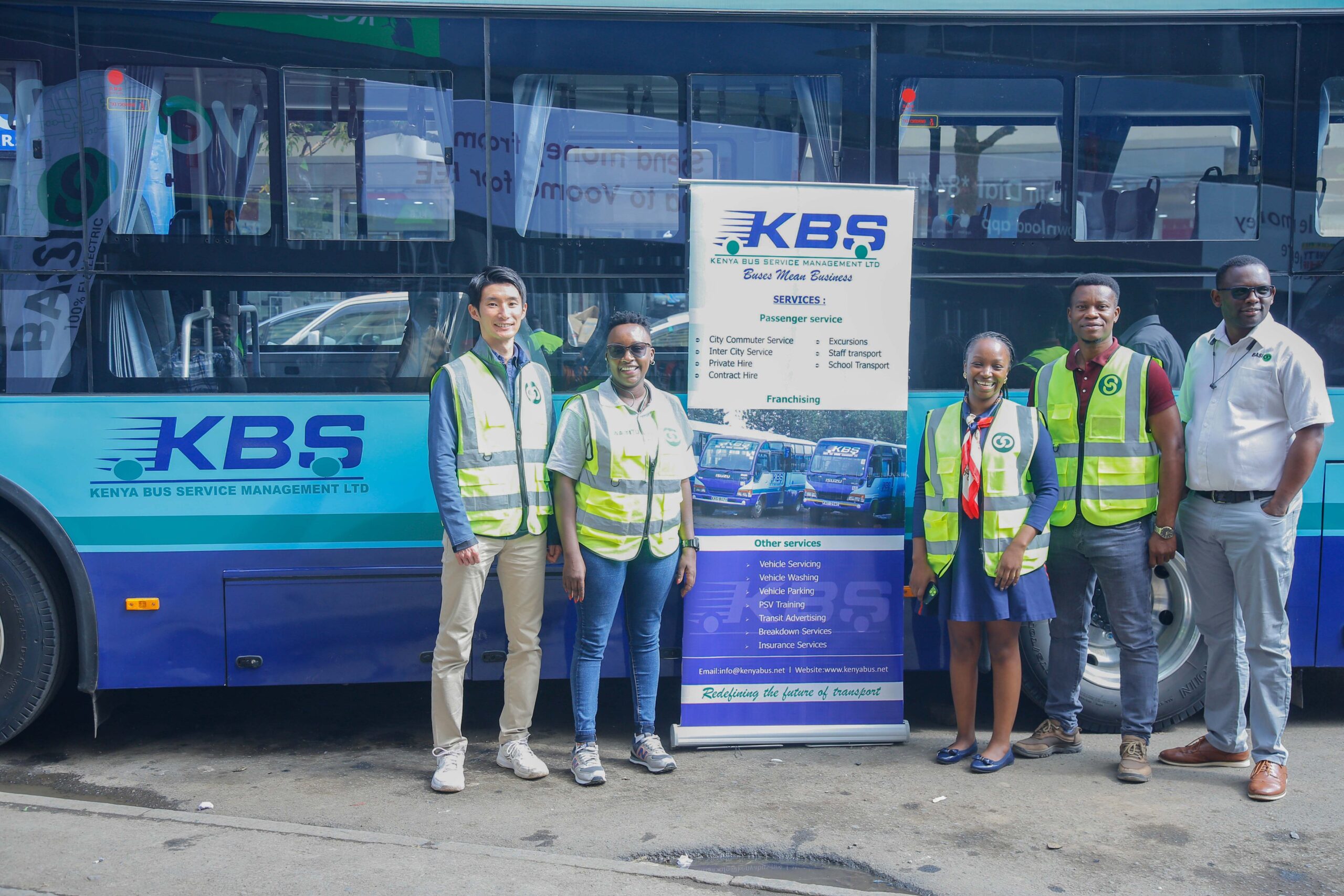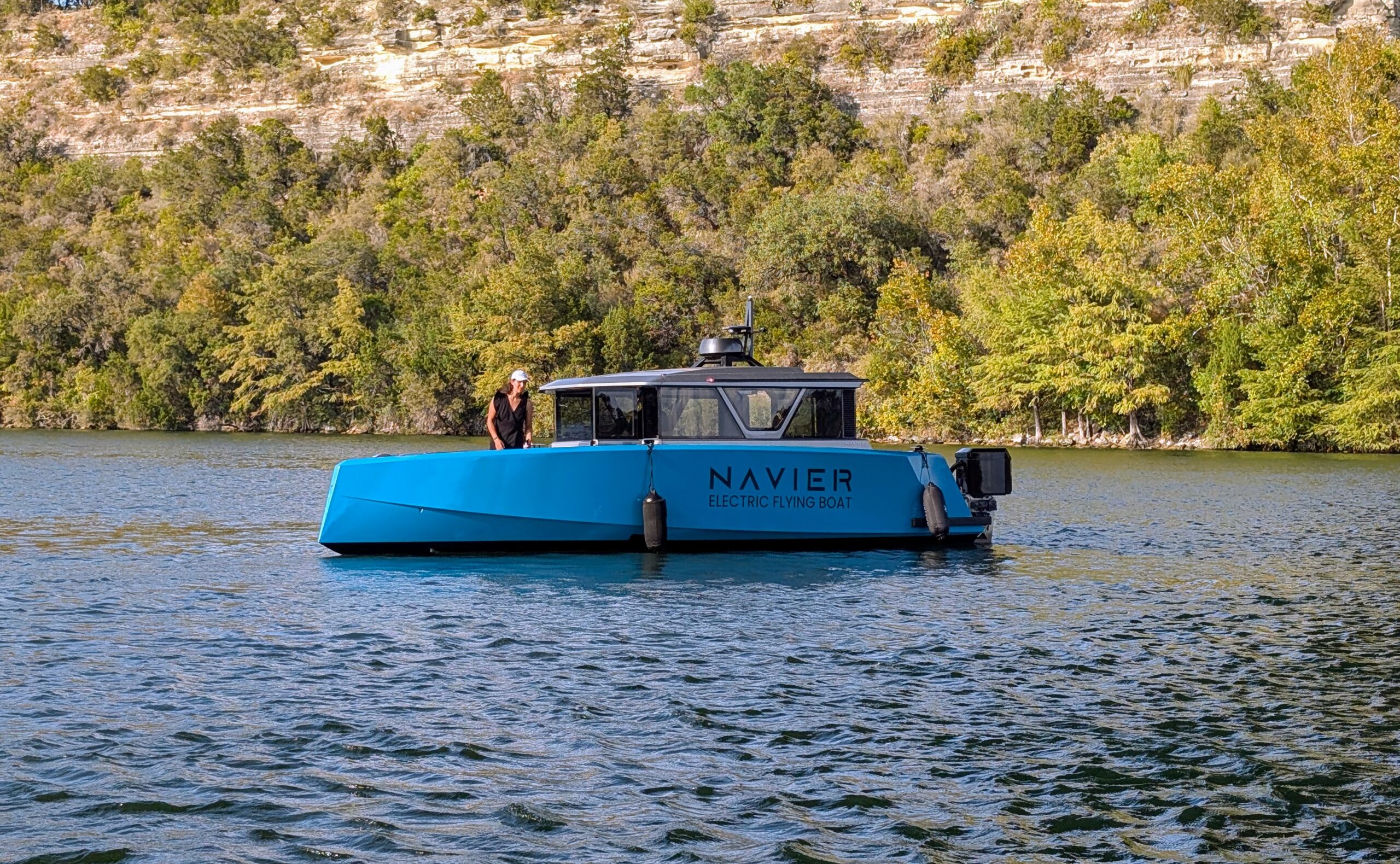Sign up for daily news updates from CleanTechnica on email. Or follow us on Google News!
Later this month, it will be 4 years since I purchased my Tesla Model 3 Long Range. My odometer now reads 108,752 miles. It’s been about 10 months since I was first able to start using Tesla’s so called Full Self Driving (FSD) Beta. Practically every week for the last 4 years, I have learned something new about the operation of my Model 3. In particular, practically every week for the last 10 months, I’ve learned something new about the functionality of FSD Beta.
I paid an extra $6,000 for FSD when I purchased the car. For the first ~3 years, there were numerous updates which added FSD functionality. There was basic Autosteer, Traffic Aware Cruise Control, and Automatic Navigation on Limited Access Highways from the start. Added later was automatic stopping at stop signs and stop lights; visualization of traffic cones, trash cans, pedestrians, and speed limit signs; etc. Most notably, though, 10 months ago I finally got full FSD Beta capability with Autosteer and Automatic Navigation on city streets and country roads.
Professor Verner Suomi, my PhD thesis professor, talked about the “Don’t Know Squared Problem.” Former Secretary of Defense Donald Rumsfeld in the George W. Bush administration talked about known knowns, known unknowns, and unknown unknowns. In other words, in many areas of life and technology, there are times where you don’t know what you don’t know.
Here are a few things that I didn’t know I didn’t know that I have discovered by using Tesla’s FSD Beta almost all the time for 10 months:
- Automatic High/Low Beams? First of all, in spite of all the sophistication of Tesla’s sensors and software, the automatic high/low beam switching on my Model 3 is not very good. The switch to low beams is quick and reliable, but the return to high beams is very erratic. The obvious solution is to go back to manual switching. Problem: When FSD Beta is activated, you can’t select manual high/low beam switching. It took me quite a while to figure this out. I can still force high beams to spot deer on the highway here in Northern Wisconsin, but I can’t make it stay on high beams. It’s very frustrating and I haven’t found a solution!
- Automatic Windshield Wiper Settings? First of all, with all the sophistication of Tesla’s sensors and software, the automatic windshield wiper settings on my Model 3 do not work very well. [Editor’s note: Same! I was on the verge of writing an article about it since it’s so annoying. —Zach] The windshield wipers will run sometimes when there is no rain, perhaps because of bugs on the windshield. Also, the automatic windshield settings will often not respond properly to variations in rainfall intensity. Again, the obvious solution is to adjust the windshield wiper setting manually. Problem: When FSD Beta is activated, you can’t select all the manual windshield wiper settings. It took me quite a while to figure out that when FSD Beta is active, you can set the windshield wiper speed manually, but you can’t set the speed to zero. The wipers may continue to try to remove those dried bugs on a dry windshield. [Editor’s note: I’m not sure if it’s dried bugs causing the problem — I think it’s other factors. For example, I constantly have the automatic windshield wipers turn on when I’m backing into my garage. I imagine something about the tilt of the car causes it. —Zach]
- Automatic Passing of Slower Moving Vehicles? With even the initial implementation of Full Self Driving, my car was able to automatically pass a slower moving vehicle and then return to the right-hand lane. However, with FSD Beta, this did not seem to work reliably. The obvious solution is to pass slower moving vehicles semi-manually using the turn signal to change lanes. However, how to make this work totally automatically? Solution: There are 3 settings for FSD Beta 1) Chill, 2) Average, and 3) Aggressive. It turns out that FSD Beta will not pass slower moving vehicles automatically unless you use the Average or Aggressive settings.
My new strategy for maximum battery life utilization during cross-country travel in my Tesla Model 3 Long Range
We have now made the 3000-mile round trip from Utah to Wisconsin and back in our Model 3 four times for a total of 12,000 miles. We have traveled from Wisconsin to North Carolina and back for another ~2000 miles. We have also traveled from Utah to Southern California and back for ~1200 miles, and we’ve done the 500 miles from Northern Utah to Saint George and back ~8 times for another ~4,000 miles. Therefore, our total cross-country travel since we bought the car is around 19,200 miles, which is ~18% of the total mileage on our car. In that time, I’ve never found a Supercharger out of order and I had to wait only one time for about 5 minutes. Electricity for Superchargers costs roughly the same as buying gas for a 35 mpg gas car. However, for ~82% of our mileage, we are paying about ⅓ the cost of gas for the electricity — around 12¢/kW in Wisconsin and Utah.
We carry a couple of ebikes on the back of our Model 3 when we travel cross-county, which cuts the range of our 310 mile (EPA) Model 3 by about 40%. It means that when traveling cross-country, the longer separations between Superchargers of ~150 miles can be a stretch. This would roughly be the same for owners of the standard range Model 3 and some older Model S cars. I don’t like to charge my battery to over 80%. It’s not good for the battery, but the main reason on trips is that charging above 80% is very slow. Therefore, only if I have a longer stretch will I charge to 90%. My charging strategy for the shorter separations is to enter the destination of the next Supercharger into the navigation and observe the expected state of charge (ESOC) when I will reach that charger. My car will tell me I have sufficient charge when the ESOC reaches about 18%. I wasn’t sure if the computer takes into consideration the two bikes on the back, so I had been waiting for the ESOC to reach about 35% just to be sure. However, I have recently observed that an 18 to 20% ESOC at the next charger is enough, and that is the best I can do for some of the larger separations anyway. Just note that you also need to get a reading on the wind speed and direction in your area, because a headwind can reduce your range even more.
My new strategy is to start as slow as 65 mph for the longer separations. I then keep an eye on the ESOC. If it is 18% when I start, I frequently see it soon going up to 20% or above. At that point, I raise my speed a few mph and continue watching the ESOC. If the ESOC is still increasing, I raise my speed again. If it is dropping, I reduce my speed a few mph. More often than not, I find that I can raise my speed to 75 mph or even 80 mph for the final 30 miles.
Your feedback: In the comments section, please tell us if you have also been confused by some of the implementation of FSD Beta and if you have found workarounds. Also, let us know if you have any great road trip tips.
Referral Program: Tesla has reactivated its referral program. If you find any of my articles helpful to you, please use my referral link: https://ts.la/arthur73734 (be sure to use it when you order your new Tesla). If you are buying a new Tesla and use my link, you’ll receive $1000 off the purchase price of a Model S or Model X, or you will get $500 off of a Model 3 or Model Y. You will also get 3 months of Full Self-Driving, which will drive you automatically to any address you enter into the navigation. (Just be prepared to intervene immediately if it screws up!)
Have a tip for CleanTechnica? Want to advertise? Want to suggest a guest for our CleanTech Talk podcast? Contact us here.
EV Obsession Daily!
I don’t like paywalls. You don’t like paywalls. Who likes paywalls? Here at CleanTechnica, we implemented a limited paywall for a while, but it always felt wrong — and it was always tough to decide what we should put behind there. In theory, your most exclusive and best content goes behind a paywall. But then fewer people read it!! So, we’ve decided to completely nix paywalls here at CleanTechnica. But…
Thank you!
Tesla Sales in 2023, 2024, and 2030
CleanTechnica uses affiliate links. See our policy here.




